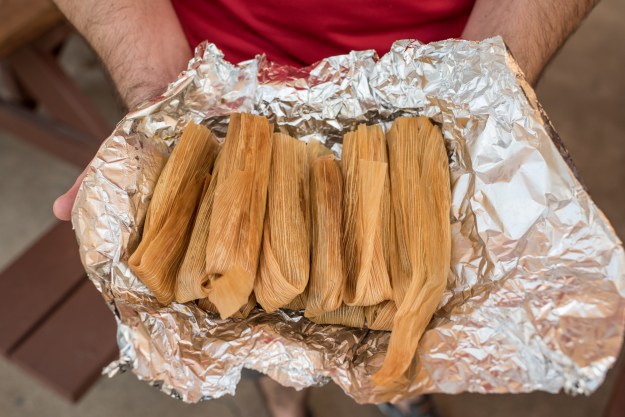There are many reasons why Montrose is my favorite neighborhood in Houston, not least among them are the zoning laws (or lack thereof) that lend it its funky sense of order. Cafes sit right next to mechanic shops. Sandwich joints are plopped in the middle of residential neighborhoods, and for some reason there are three separate Starbucks on one street corner. But the best thing about this weird little slice of Houston is the sprawling outdoor bar that sits between a convenience store and a fitness center on West Alabama Street. The West Alabama Ice House embodies the odd anything-goes ethos of Montrose.
I first visited West Alabama Ice House as a doe-eyed 22-year-old during the welcome week for my two-year stint with Teach for America, and I promptly fell in love. With its inviting picnic tables dotting the front, side, and rear of its sizable lot, “Walabama”—as it’s been dubbed by the regulars—is the place where the Montrose community comes together to socialize. A group of grizzled bikers, their hogs parked outside, sip napkin-wrapped bottles of Shiner and Lone Star along the railing. Polo-clad undergrads shoot hoops out back, and families gather around the picnic tables. Dogs, which are allowed to roam, are abundant and always eager for attention.
Ice houses as gathering spots date back to the 1920s, before the introduction of modern refrigeration. Initially they purveyed large blocks of ice, typically cut from frozen rivers and lakes in northern states and transported in rail cars insulated with straw or sawdust. Once they arrived at the ice houses in Texas, these blocks were cut down and sold to locals, who used them to keep their cellars full of perishables frigid.


Eventually ice houses started selling other goods, becoming something of a precursor to the modern gas station and convenience store. In 1927 multiple icehouses in Dallas consolidated into the Southland Ice Company, which began selling items like eggs and milk. The company later changed its name to 7-Eleven, a nod to its expanded hours of operation.
Since they had so much to offer and drew such a large share of the community to their doors, ice houses took hold as a sort of community center for South Texas residents. Opened in 1928, West Alabama Ice House was no different. As the surrounding area changed from country farm homes to streetcar suburb to hippie commune to LGBTQ bastion to the hodgepodge that it is today, other Texas ice houses have disappeared, but West Alabama Ice House has been a constant.
Perhaps Walabama has stuck around because it’s constantly adapting to its surroundings and the desires of its clientele, morphing over the decades as the neighborhood changed around it, finally settling on its present iteration when the current owners bought it in the 1980s.



Today you can get a wide variety of tacos—from lengua to barbacoa to chicken, with a variety of sauces to boot—from the Tacos Tierra Caliente food truck or attend one of the many crawfish boils locals throw in their backyards. A regular cast of food trucks rotates through to complement Tacos Tierra Caliente, and on some days locals pass through on foot, selling goods like homemade tamales straight from a cooler. There’s certainly food for everyone’s taste.
But perhaps this icehouse has stuck around because, as current owner Pete Markantonis explains, “it doesn’t matter how you look or how you dress or where you come from. You can always hang out and there will be friendly people to meet.” Or it could be an inherent openness to change that’s made it last.